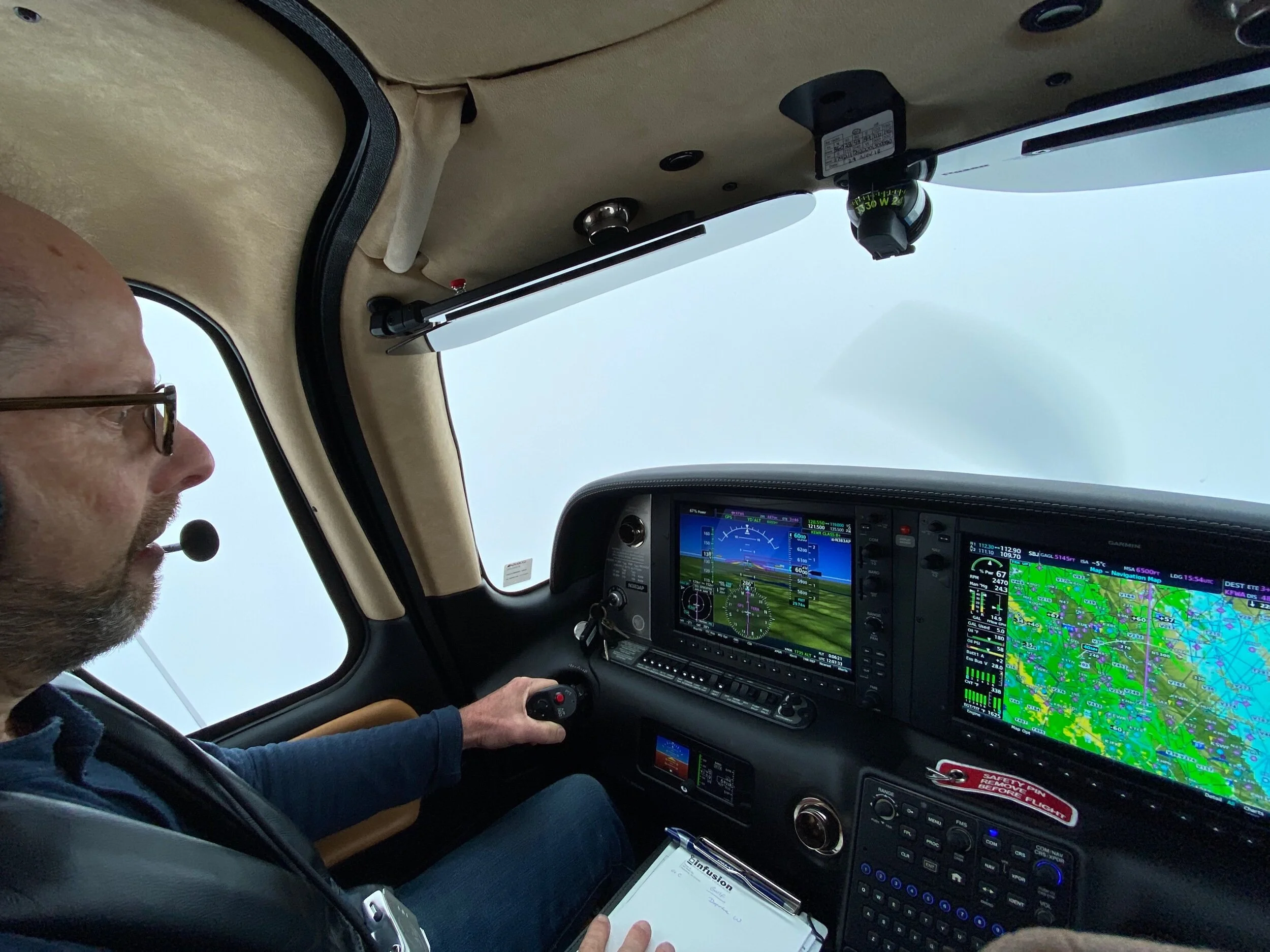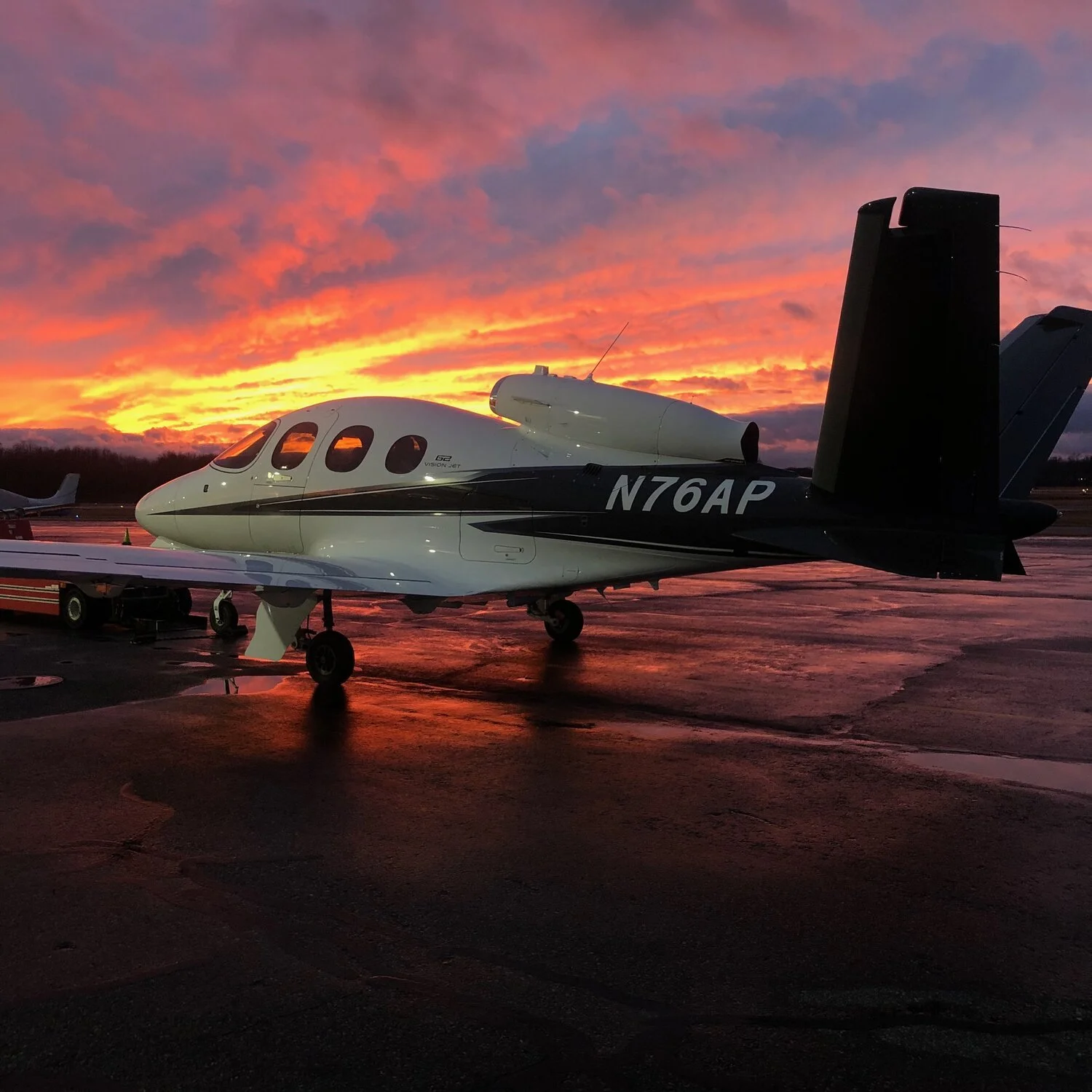Before I even knew that I wanted to be a pilot, growing up near Ft Lauderdale International Airport, I spent countless hours in a parking lot near Runway 9L listening to the air traffic controllers broadcast over speakers tethered to light poles. I wasn't seeking anything in particular, but I've always been drawn to airplanes and this was about as close as you could get to them.
Unbeknownst to me at the time, I was learning a new language and beginning my journey to becoming pilot in command of a passenger airplane. While most would find sitting in a parked car listening to these repetitive transactions incredibly boring, it was the only place I wanted to be at that moment. Over and over again, I would hear the controller instruct Delta, American, United and others "Runway Nine Left, position and hold" and I would hear an airline pilot repeat the instruction back.
Even though I hadn't yet taken my first flight lesson and didn't even really know that becoming a pilot was within my reach, my subconscious apparently was hard at work painting a picture for me to one day notice. And thankfully, luckily, I was paying attention at the right time in life.




















